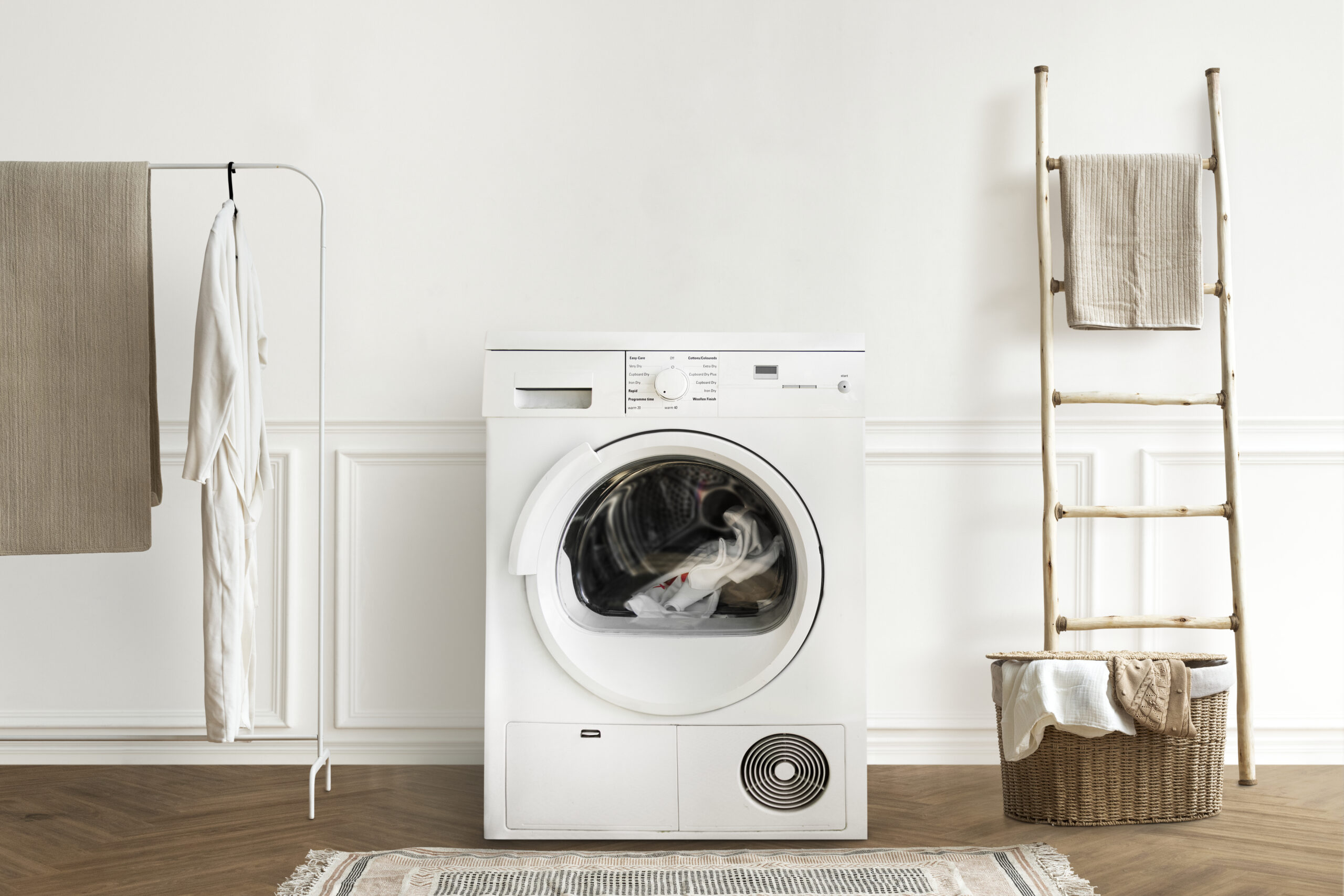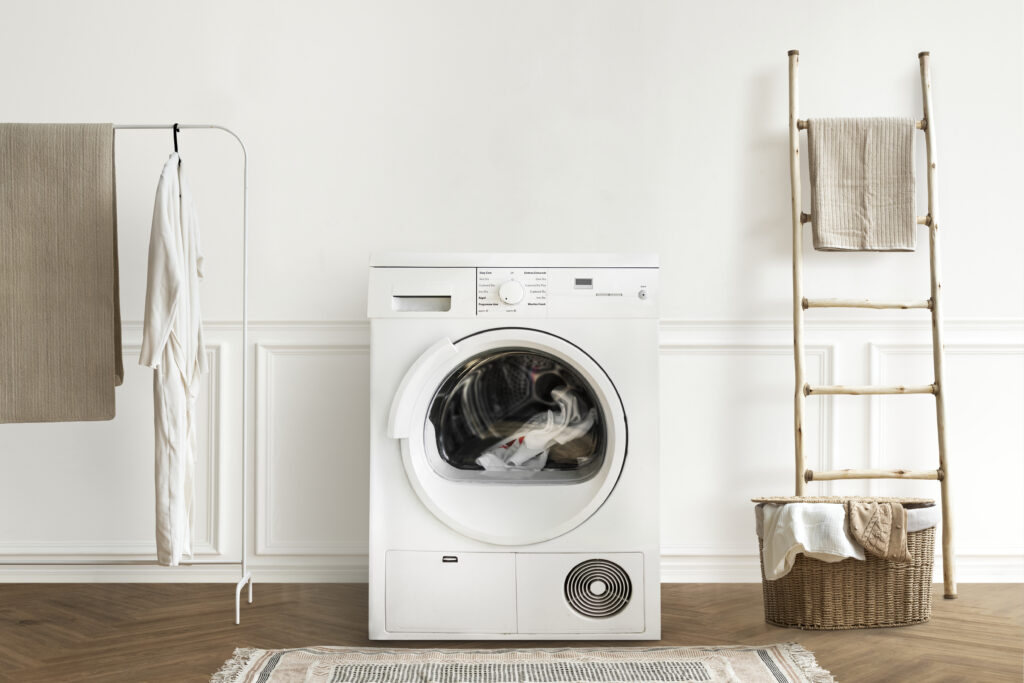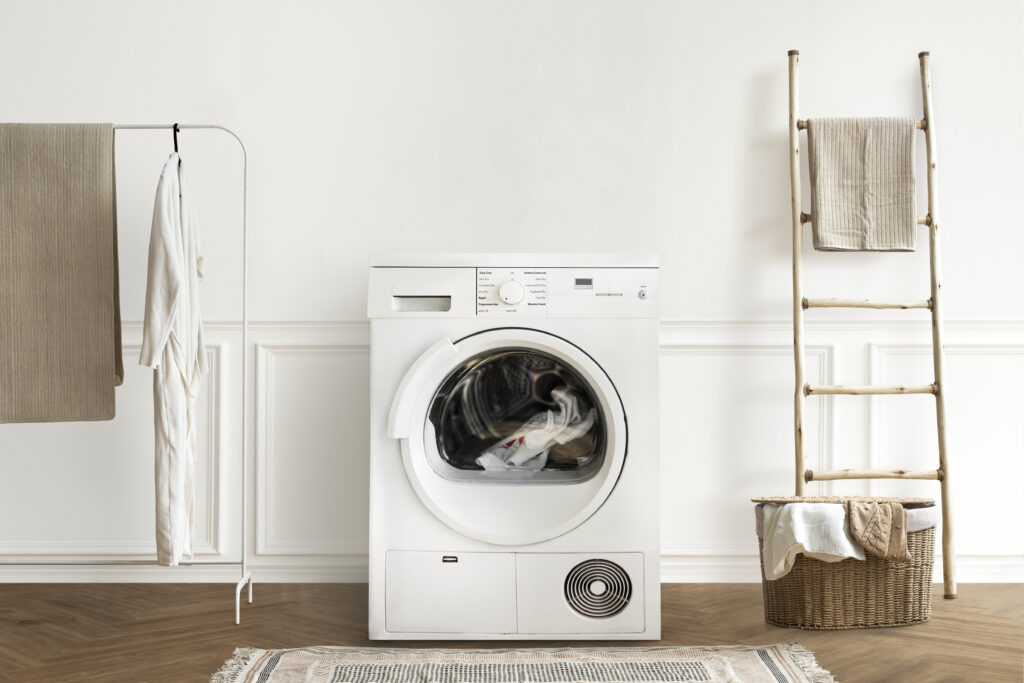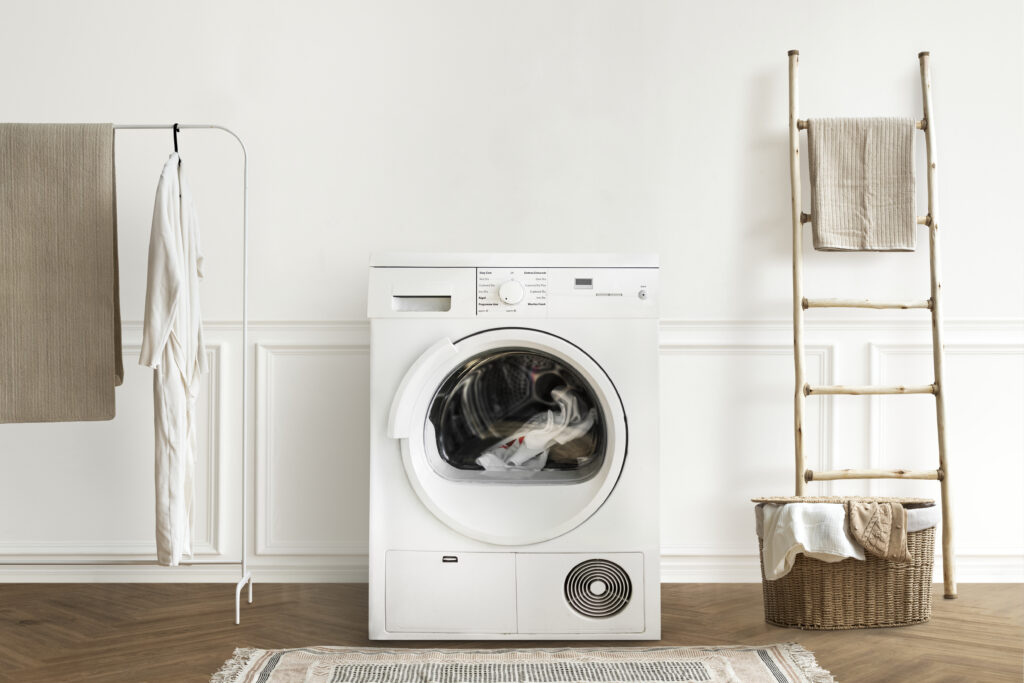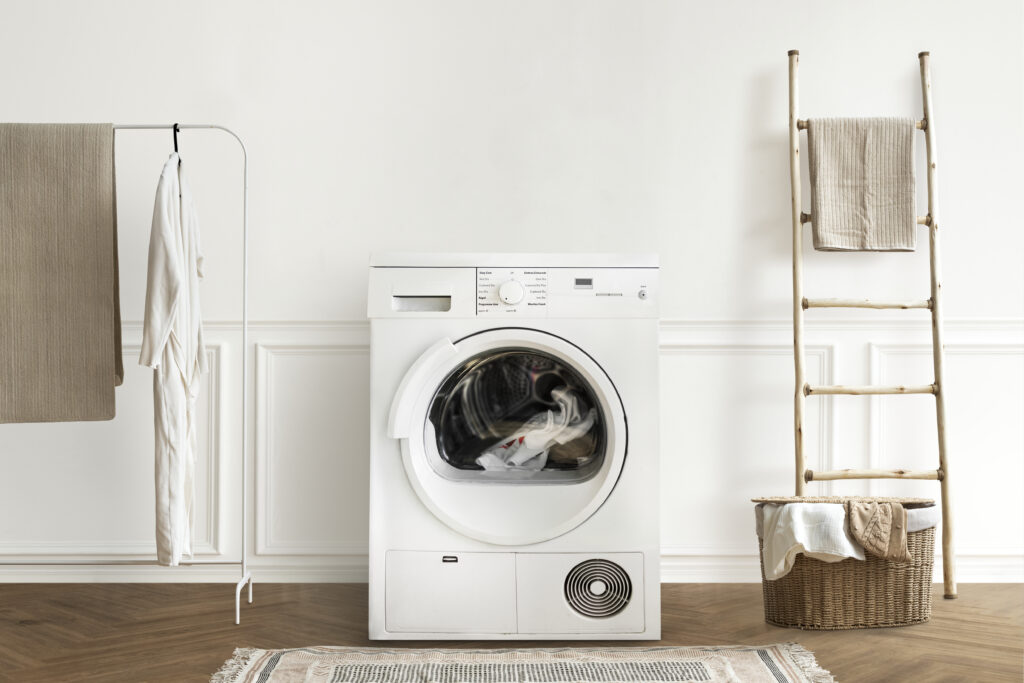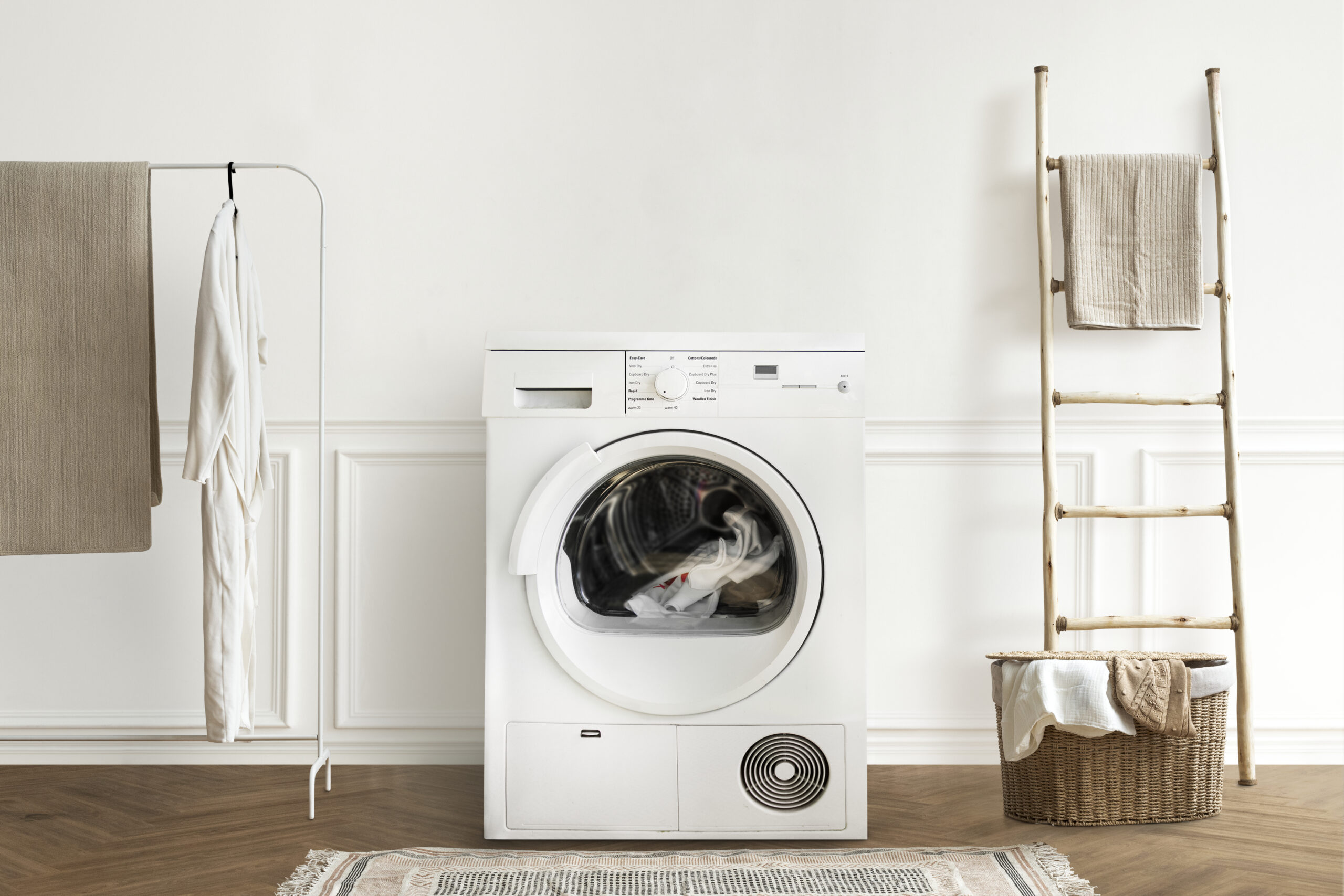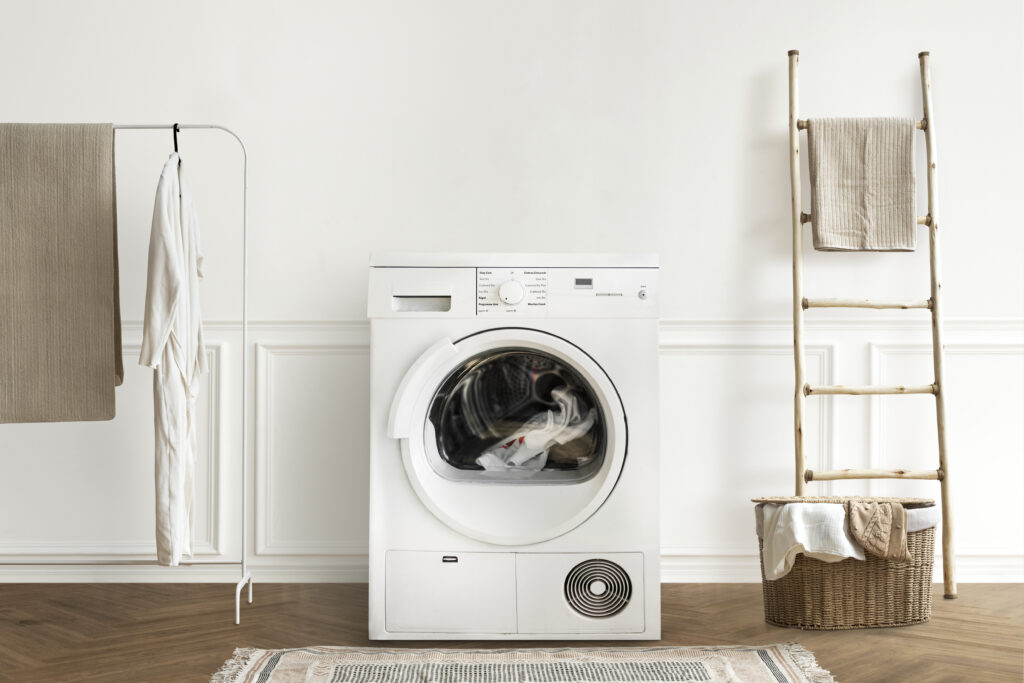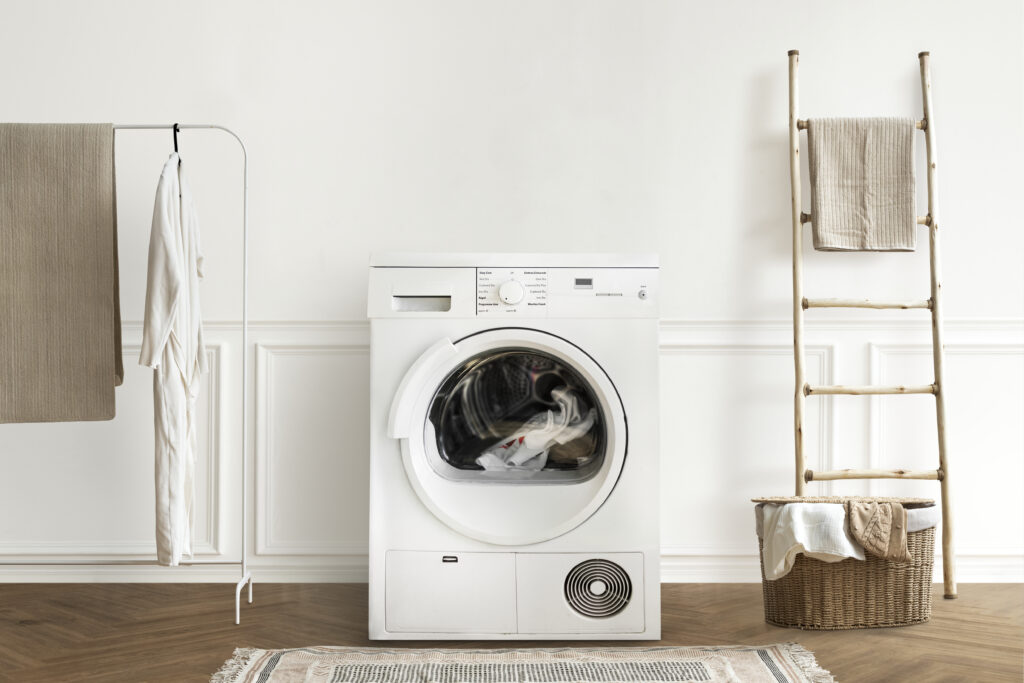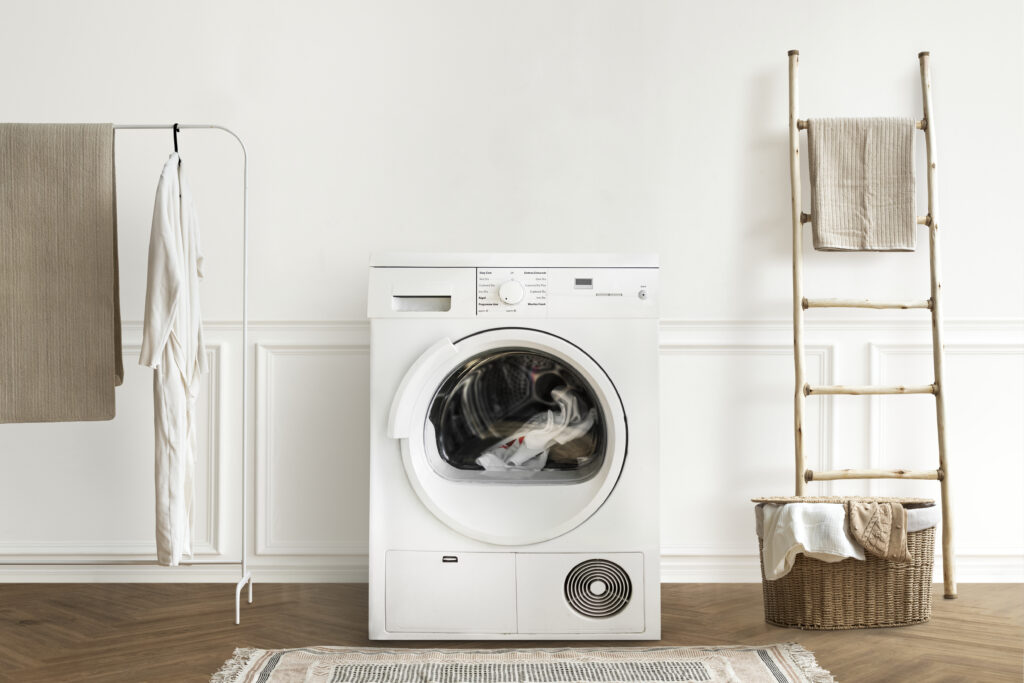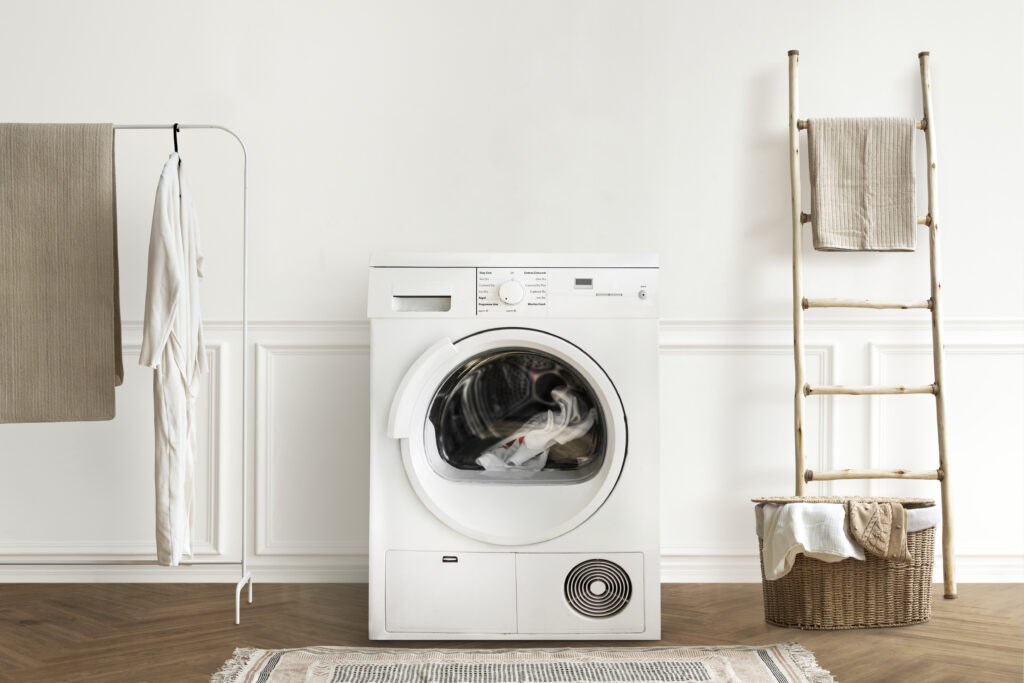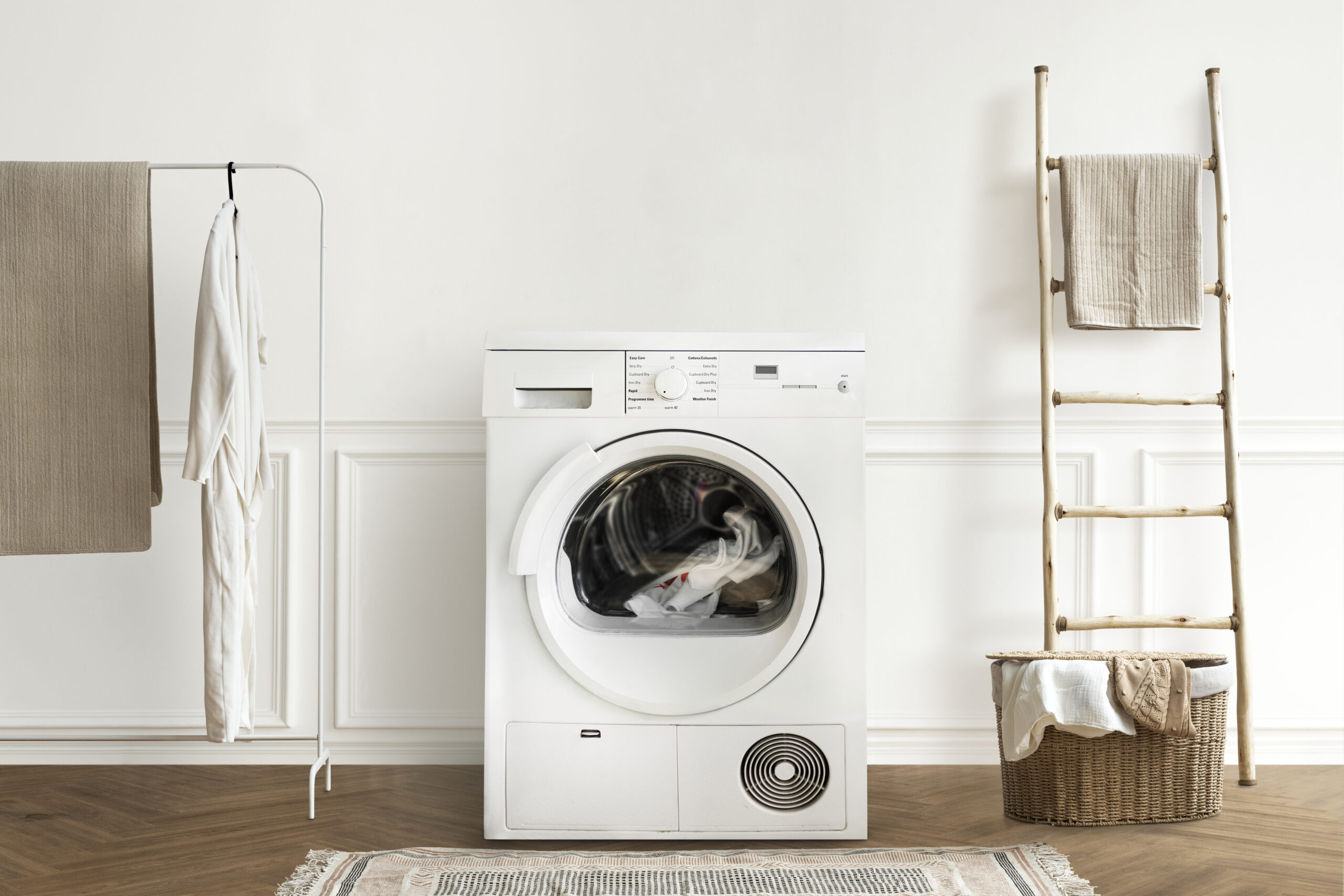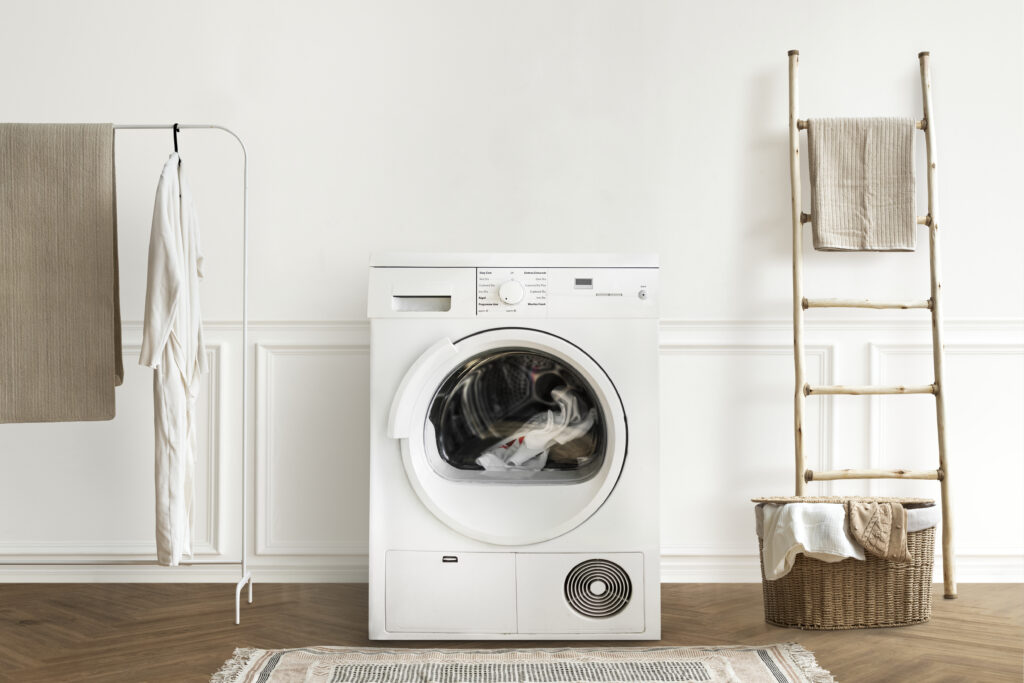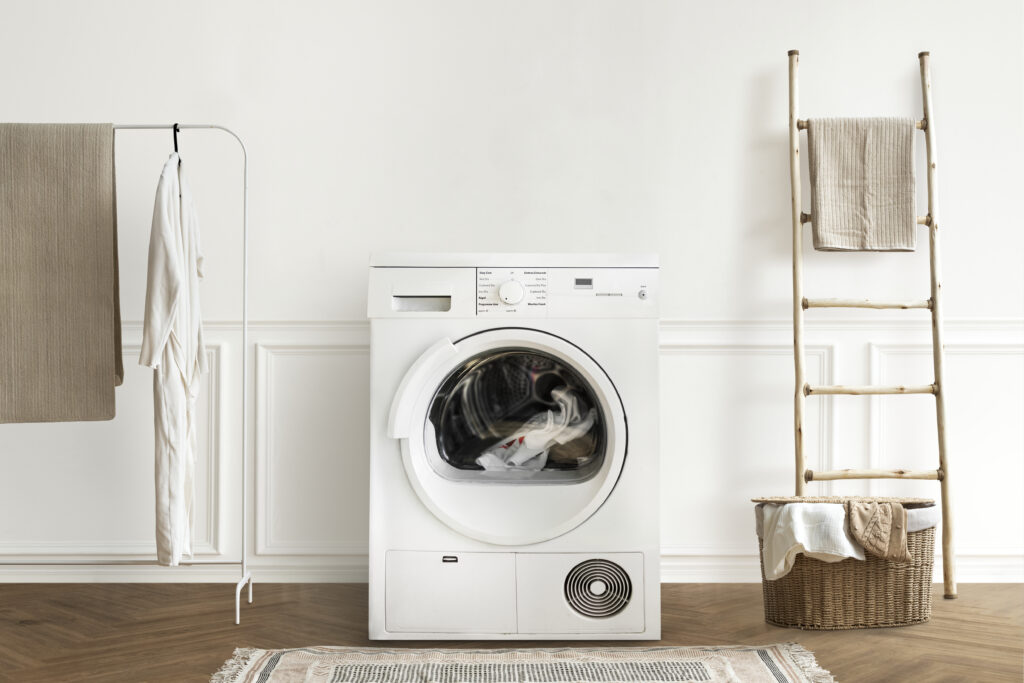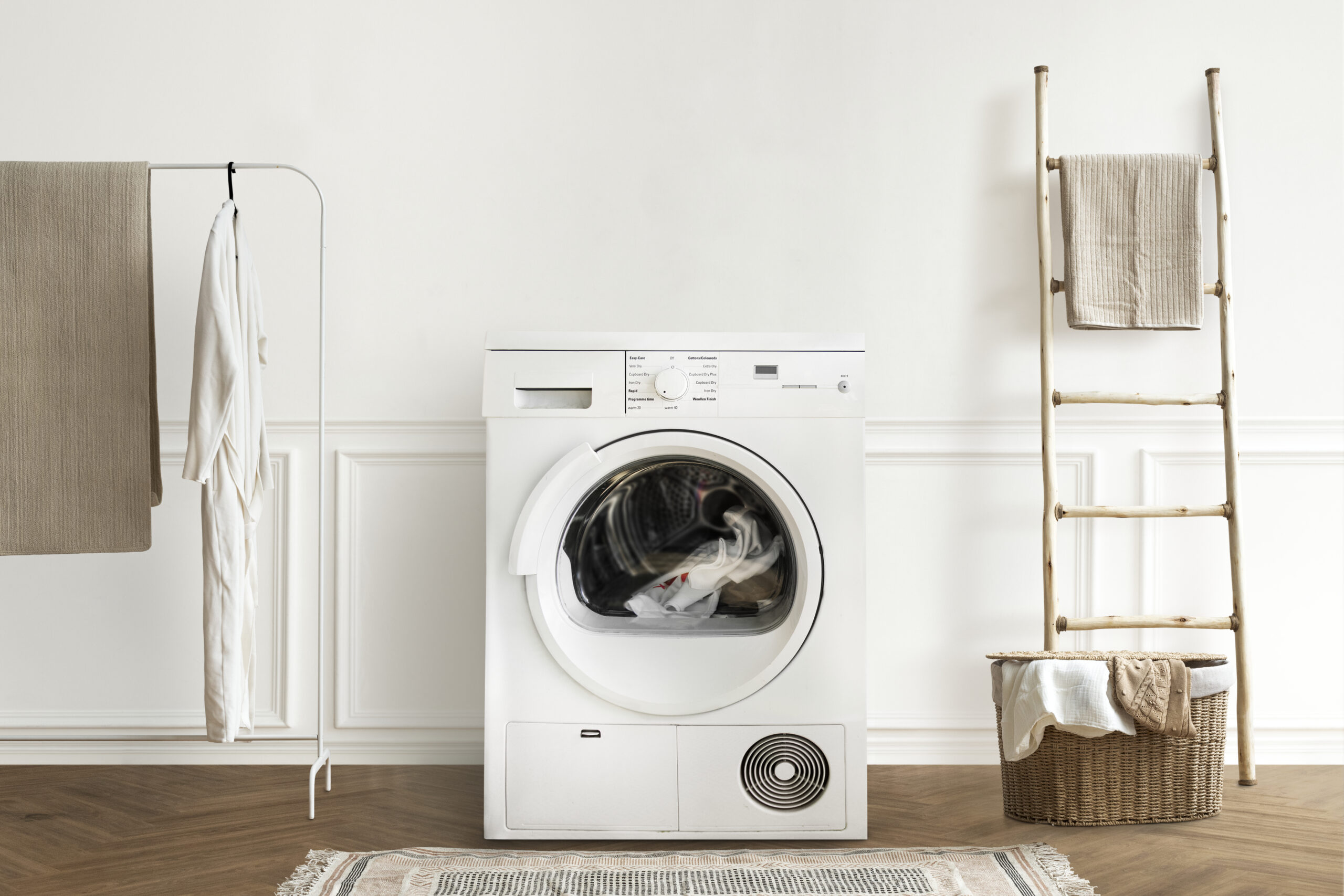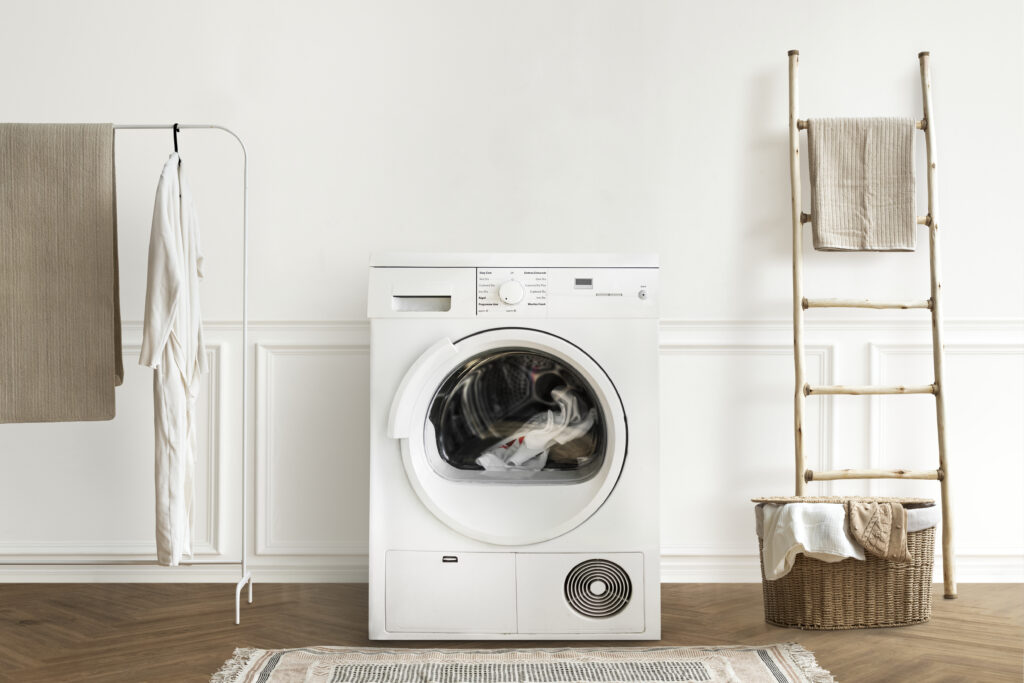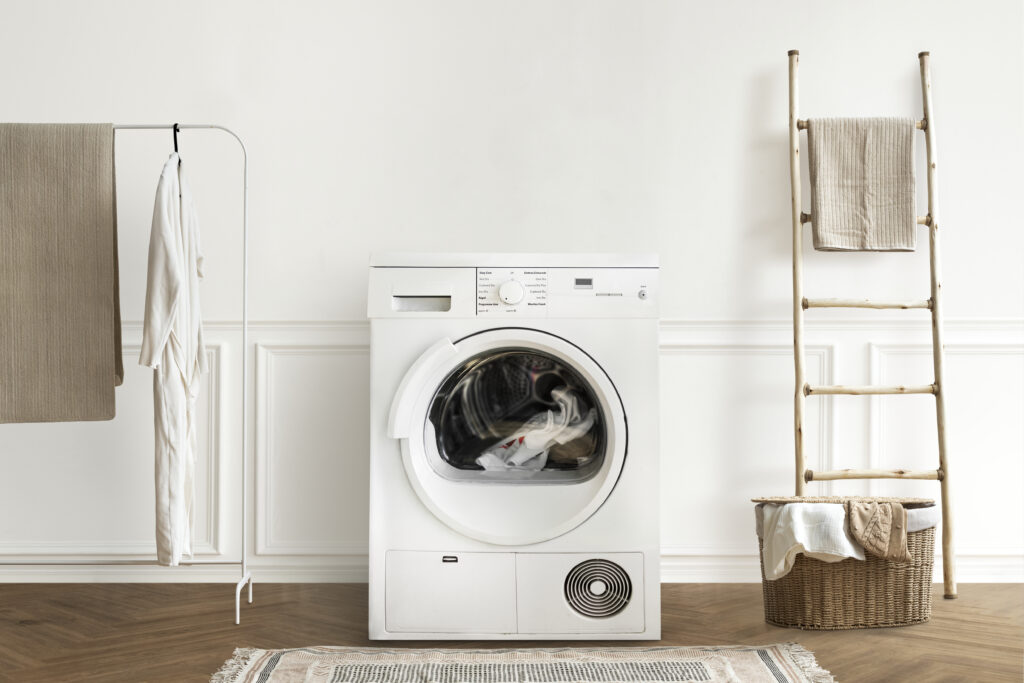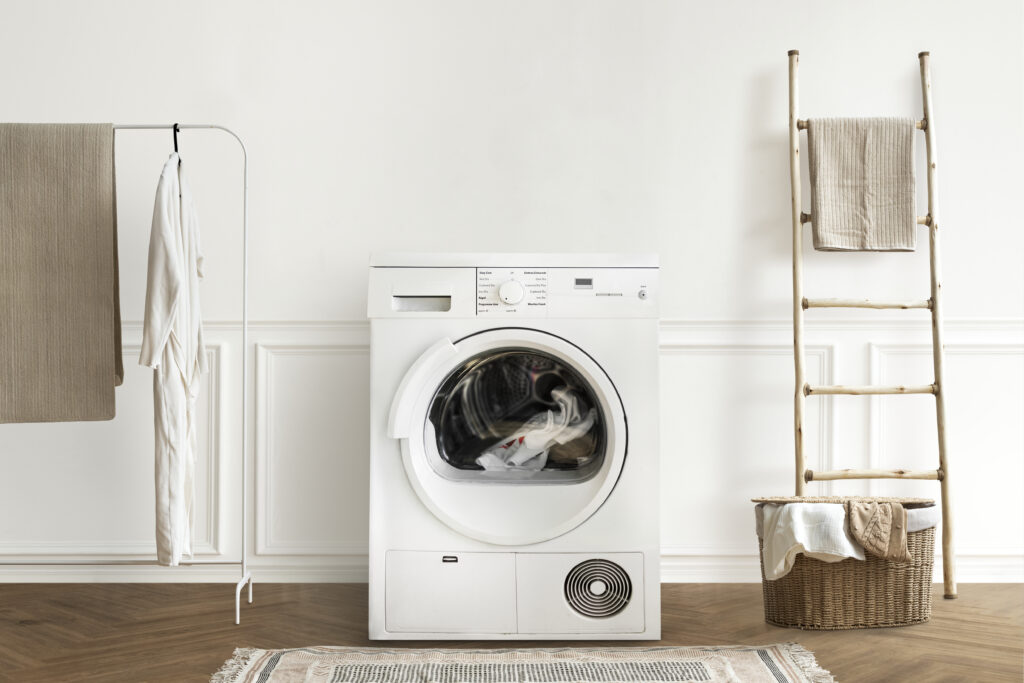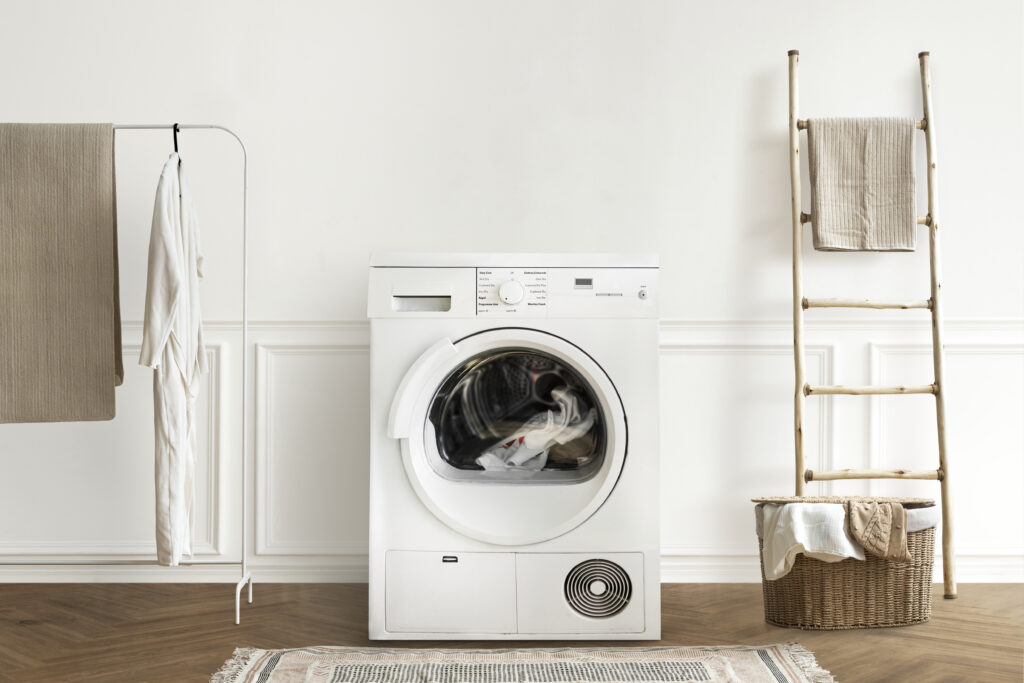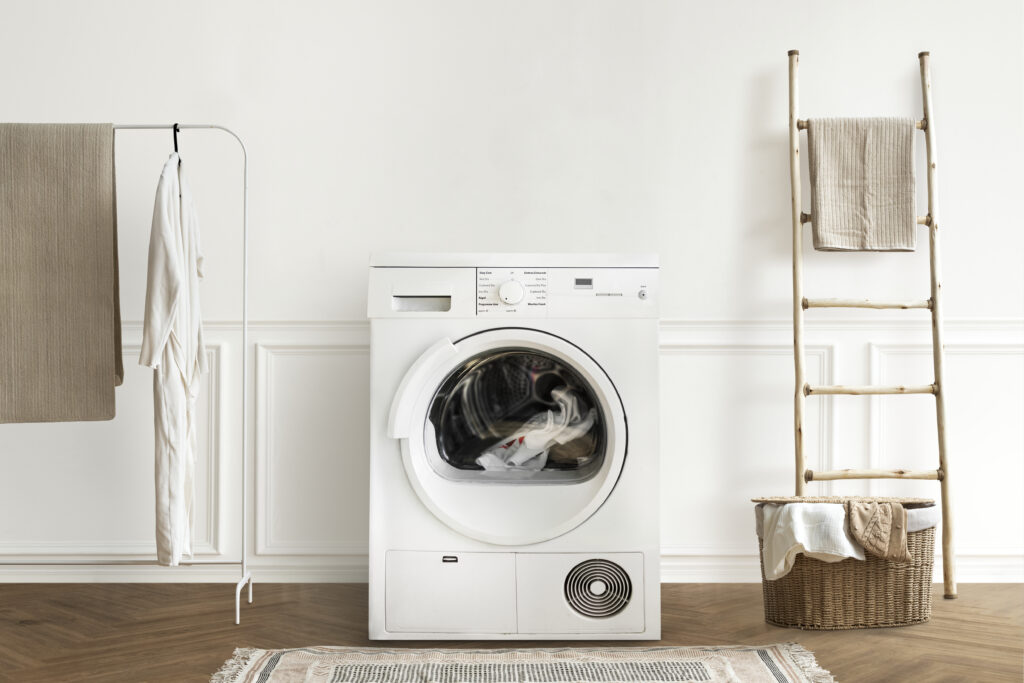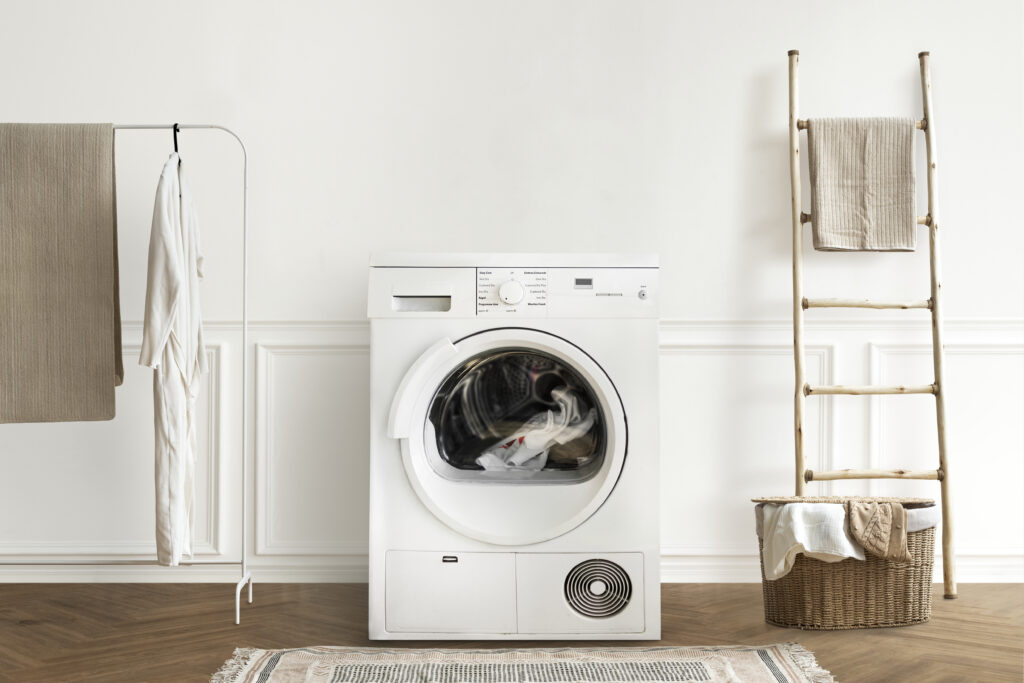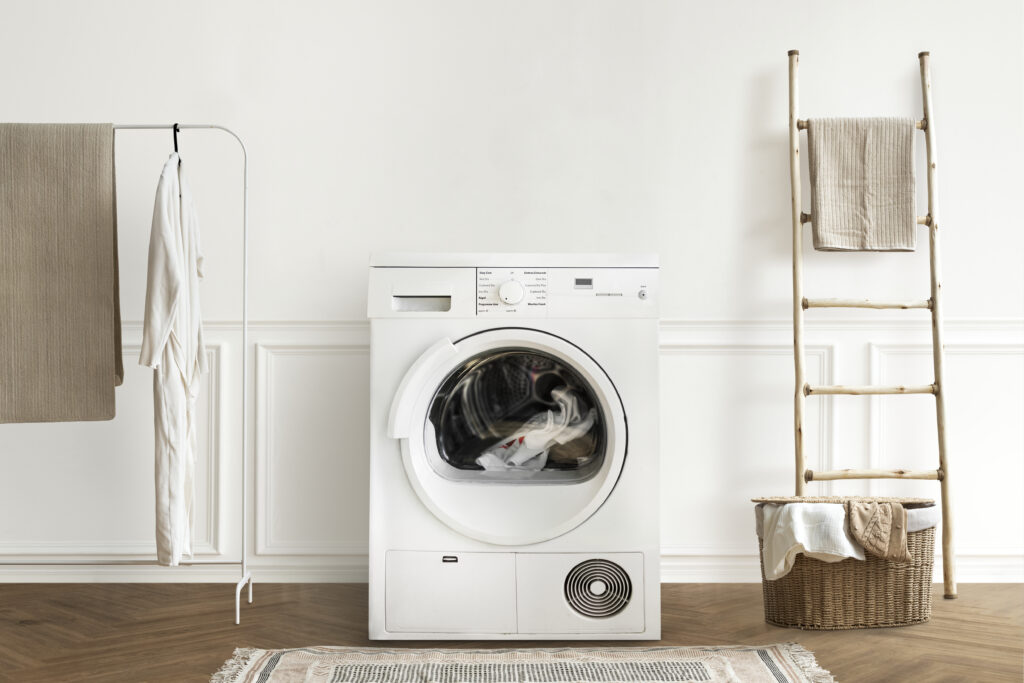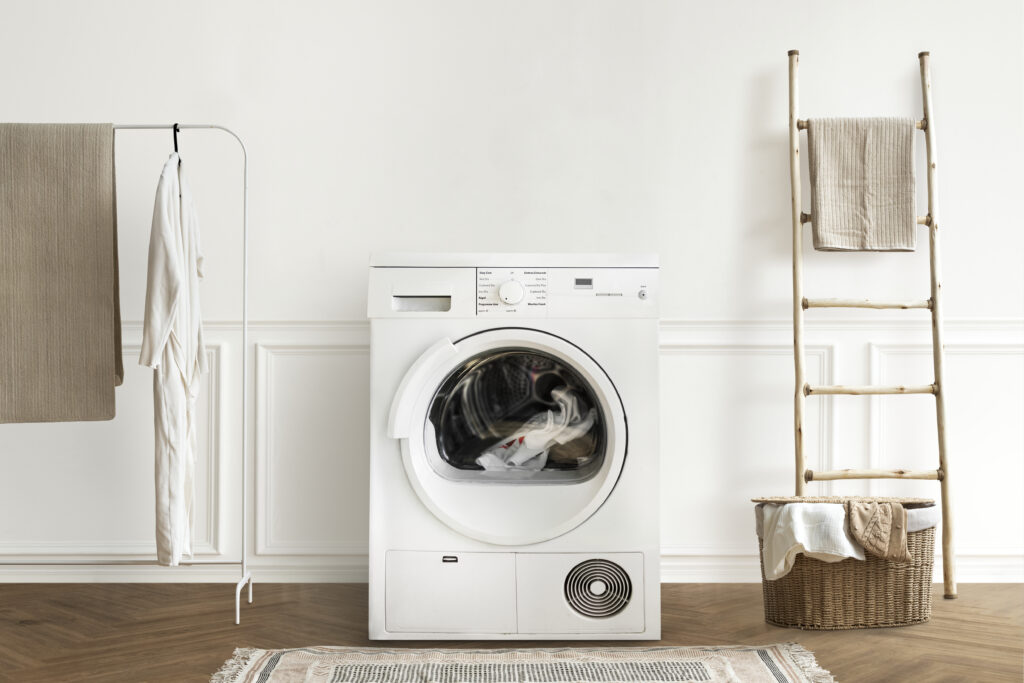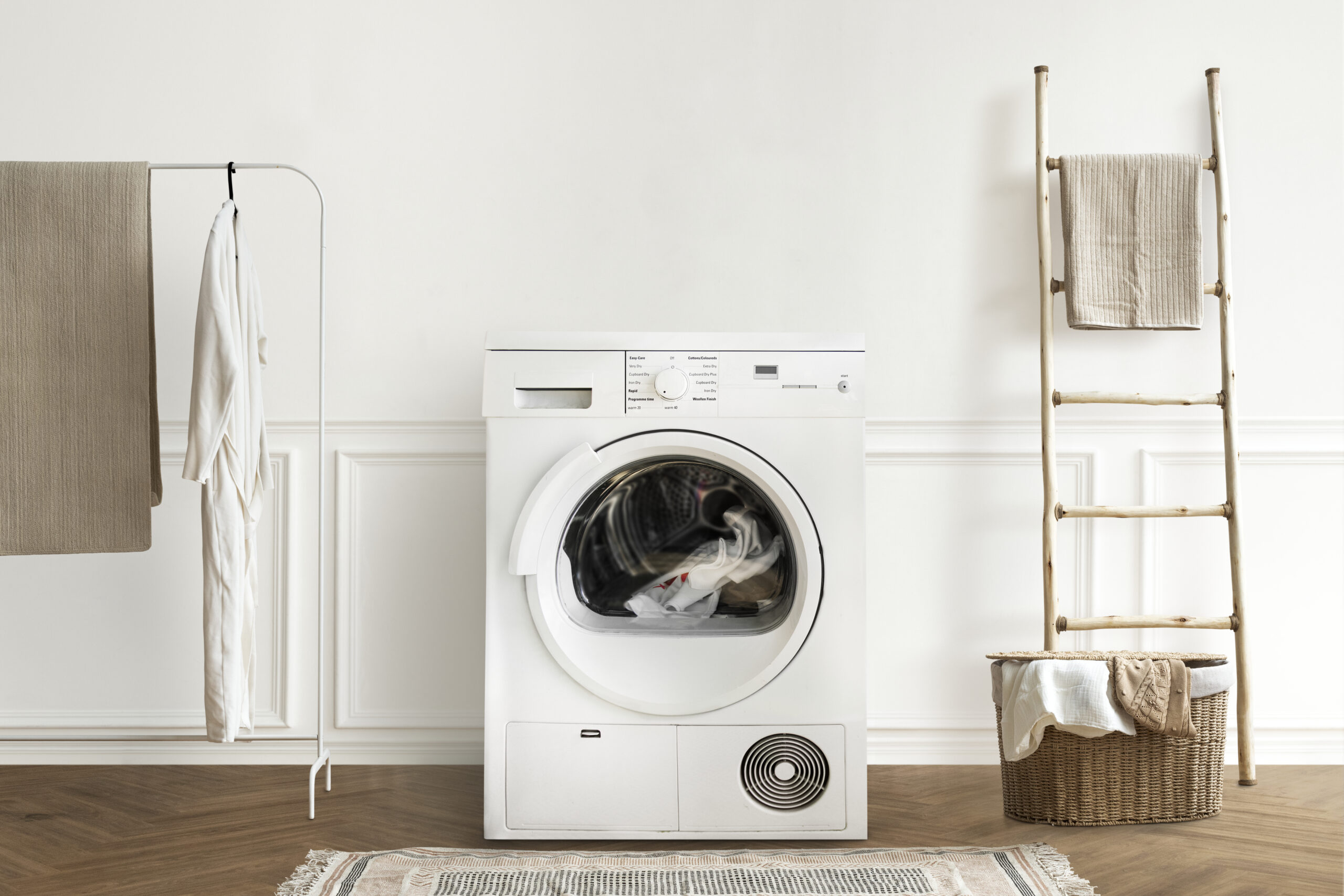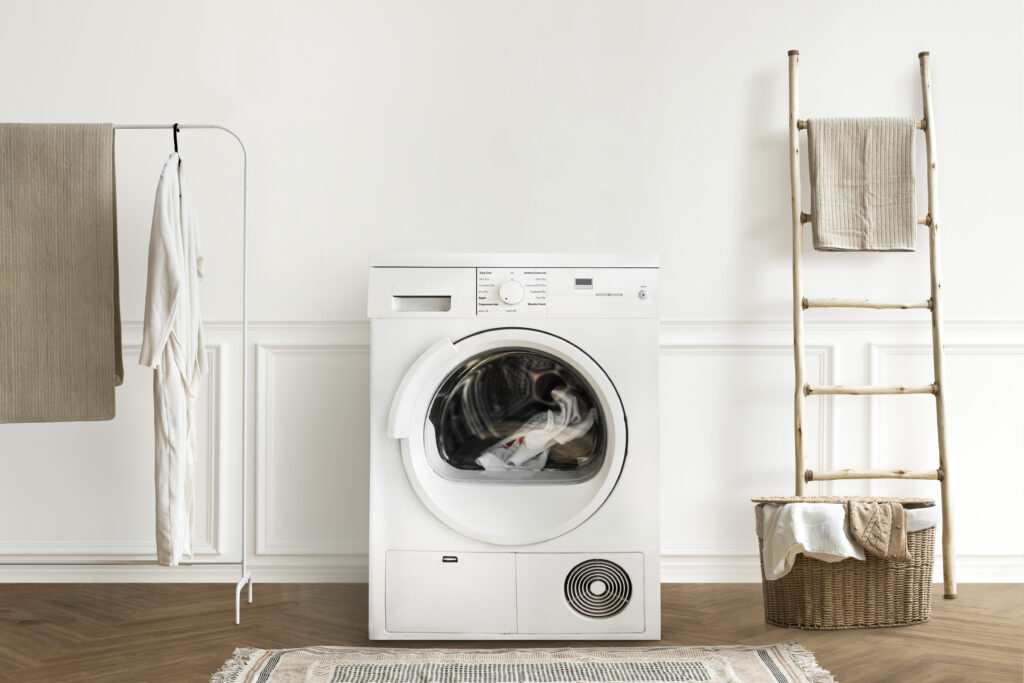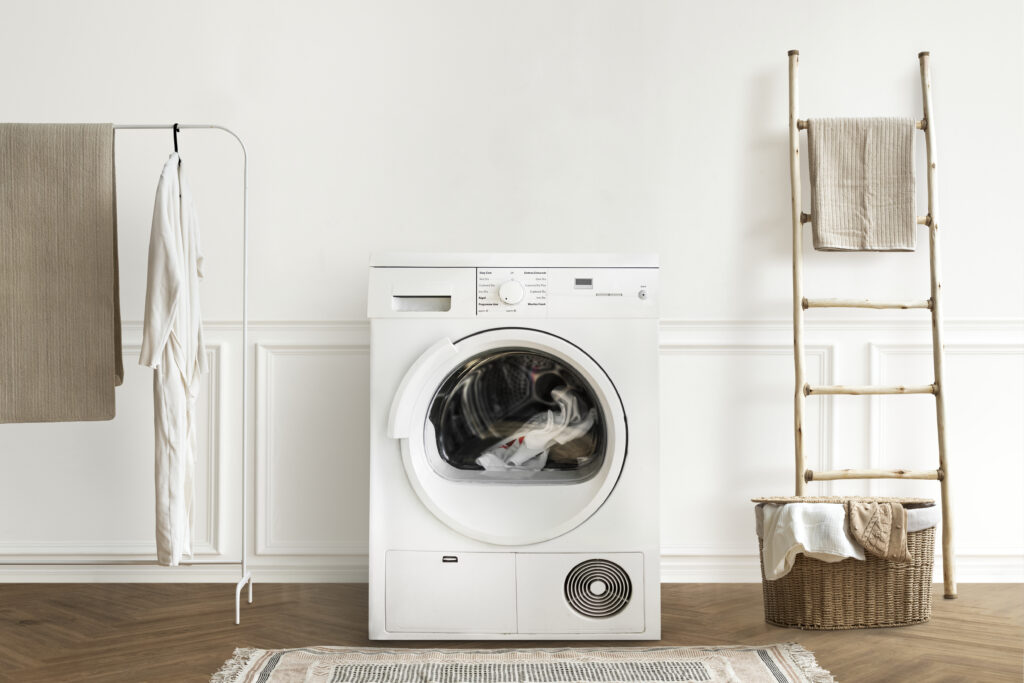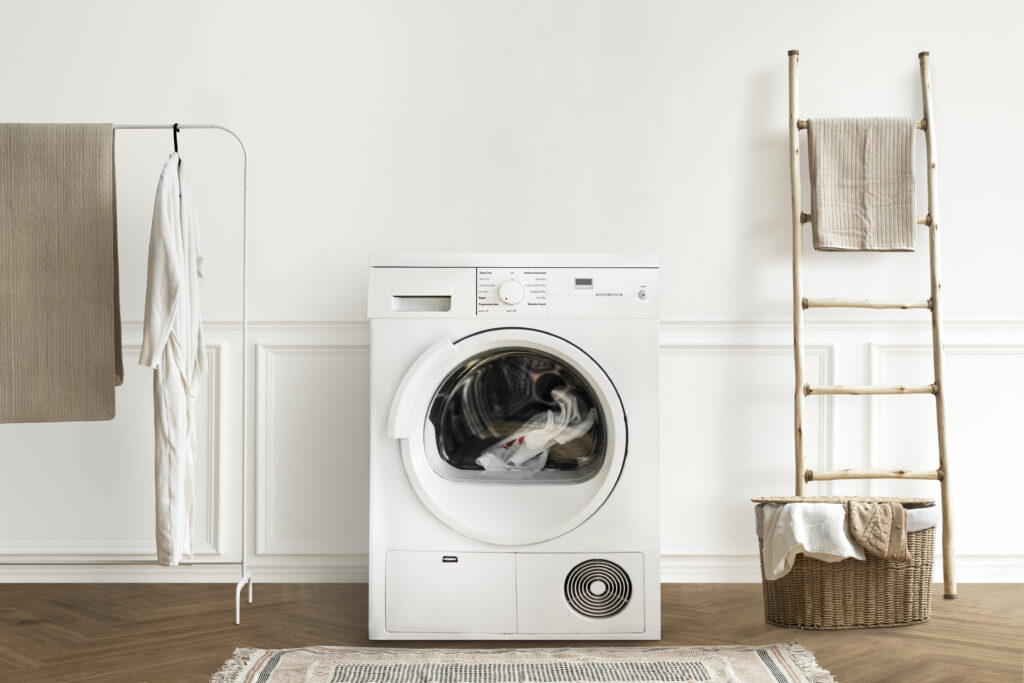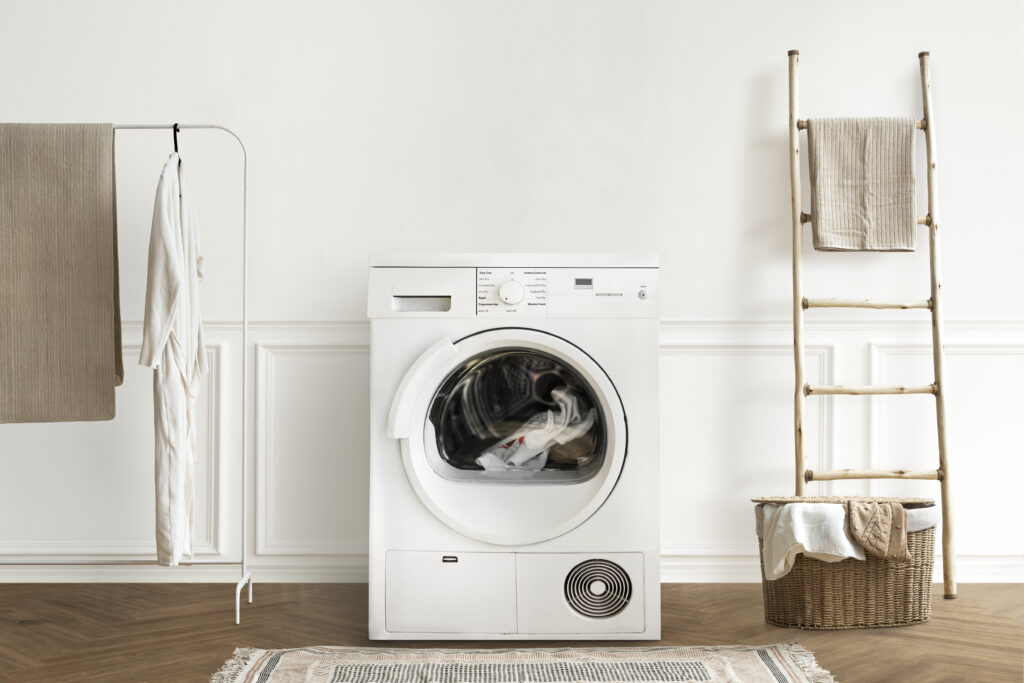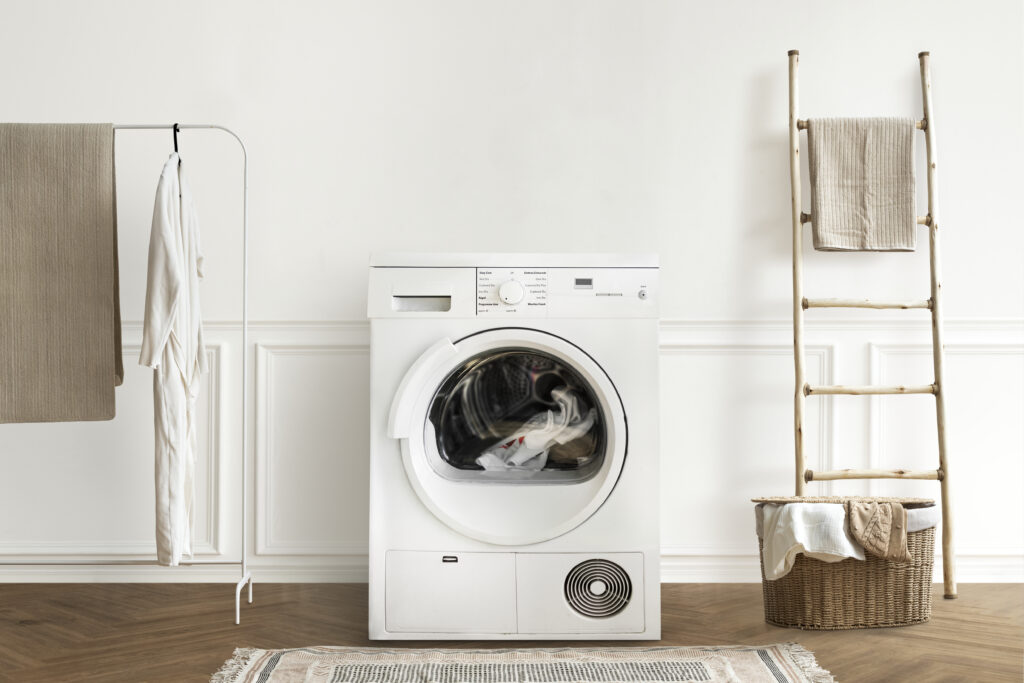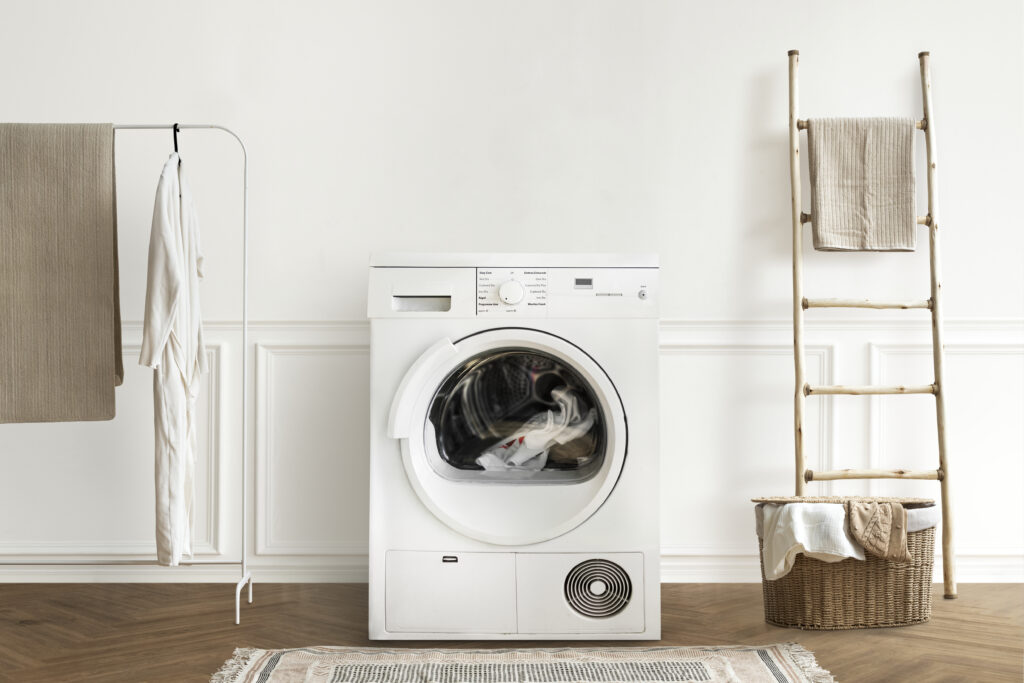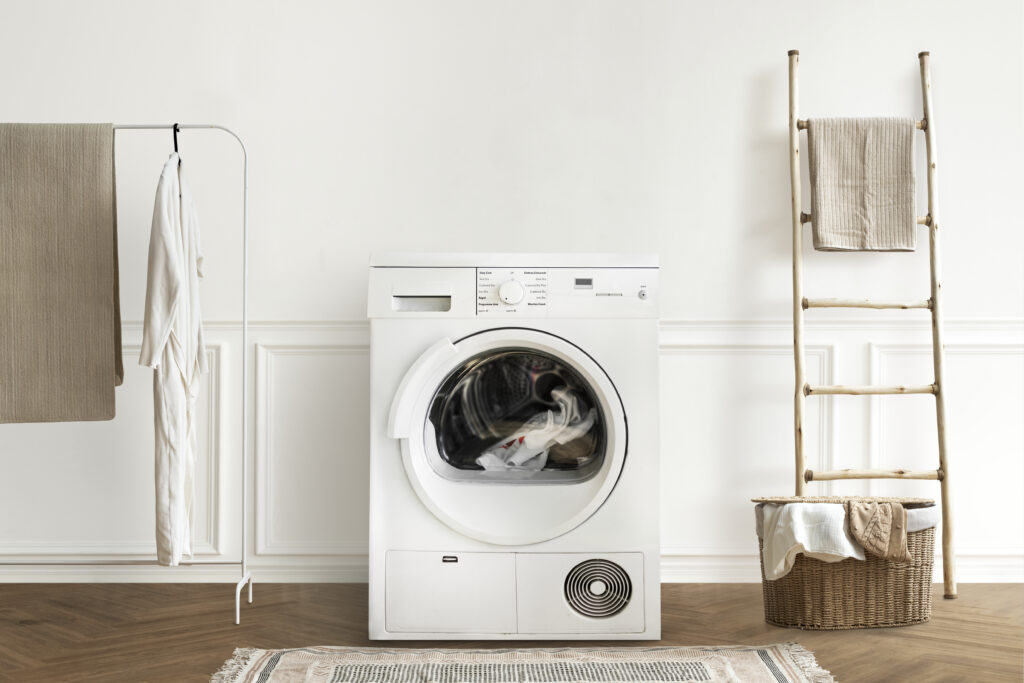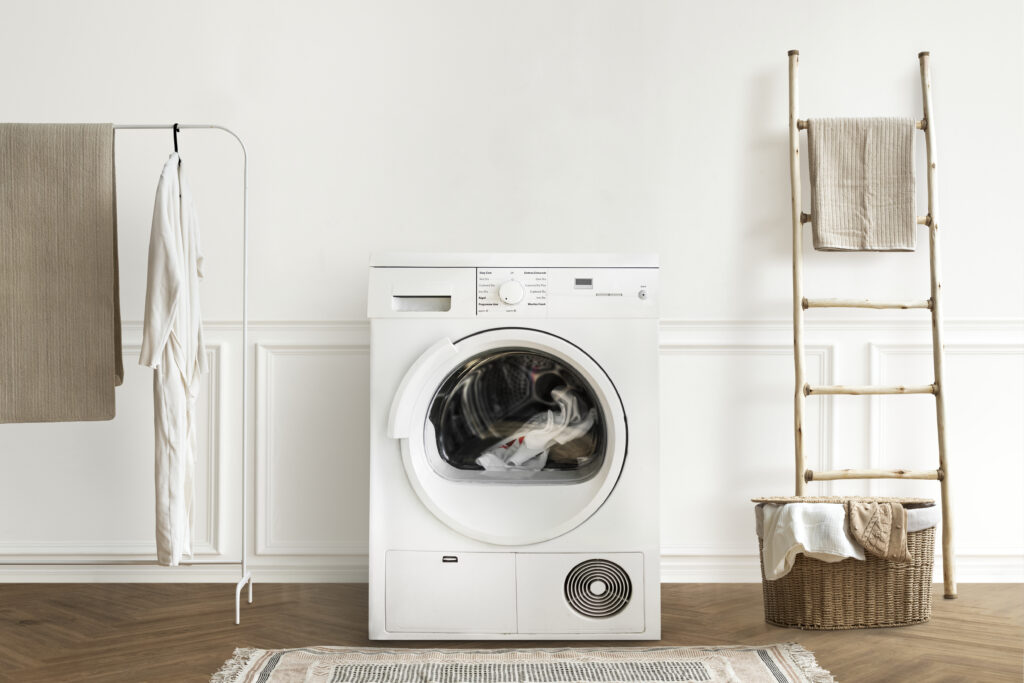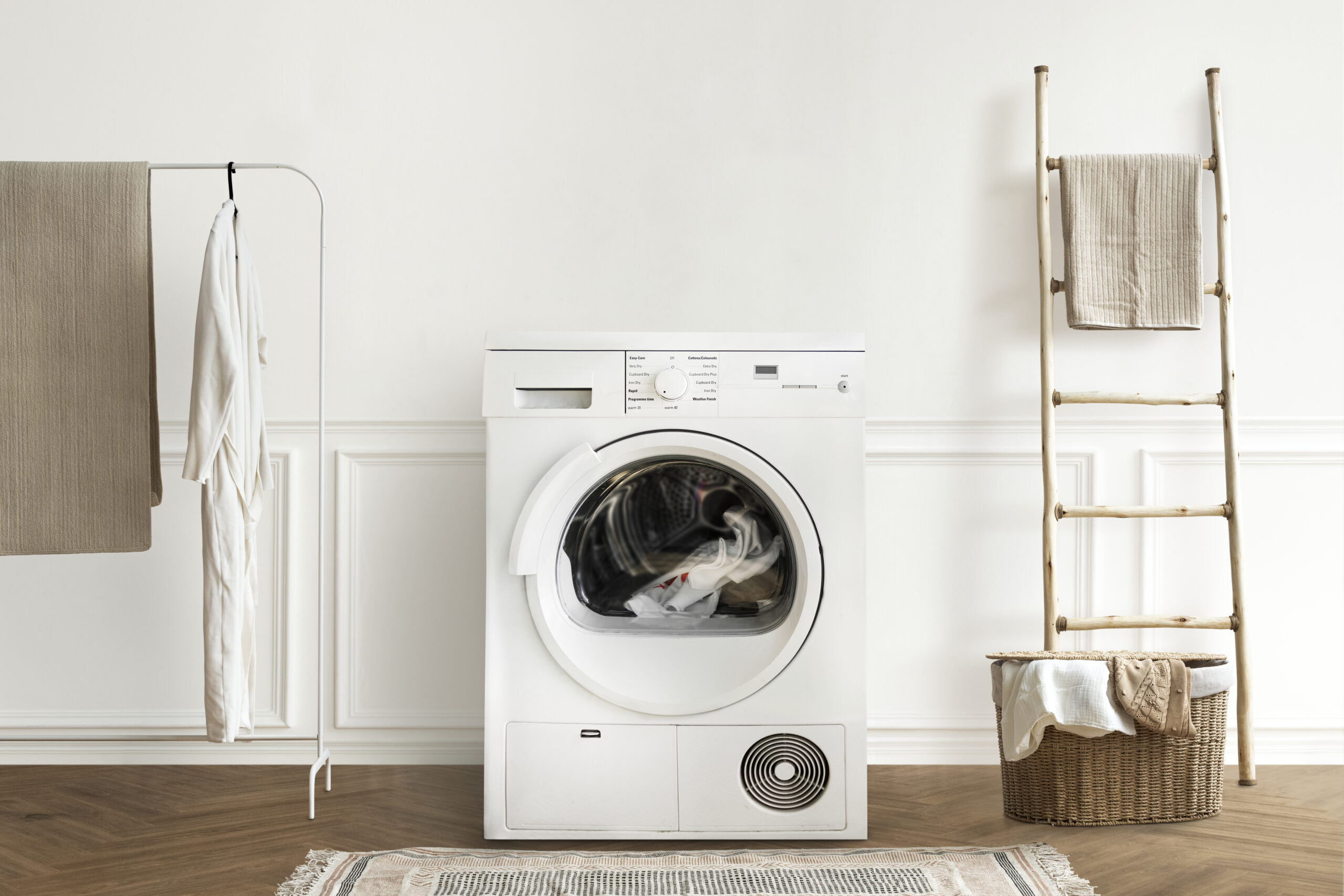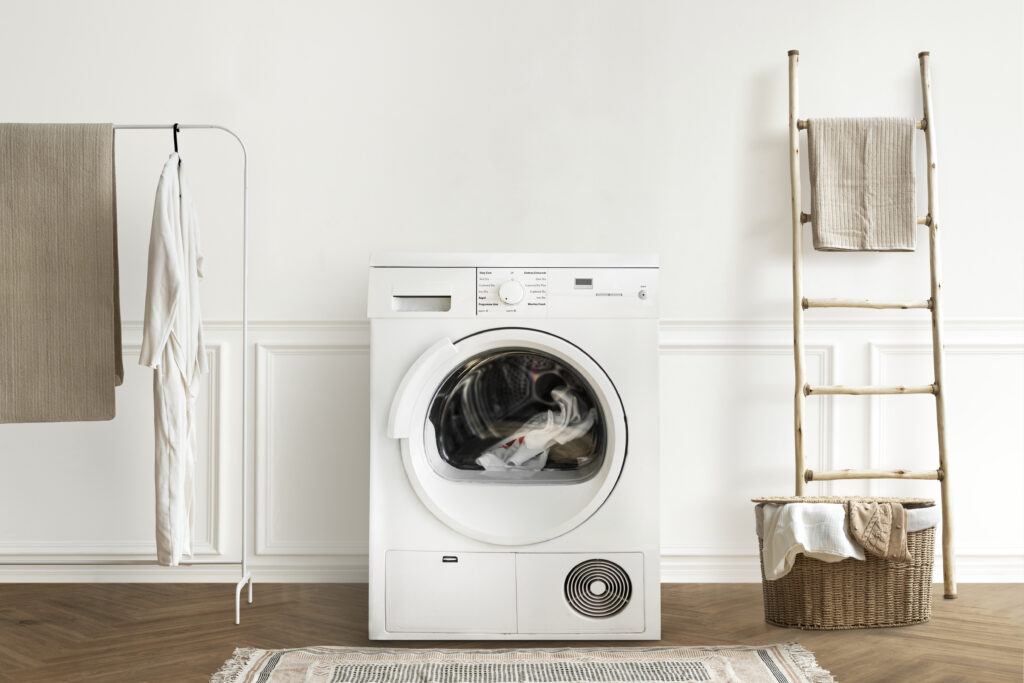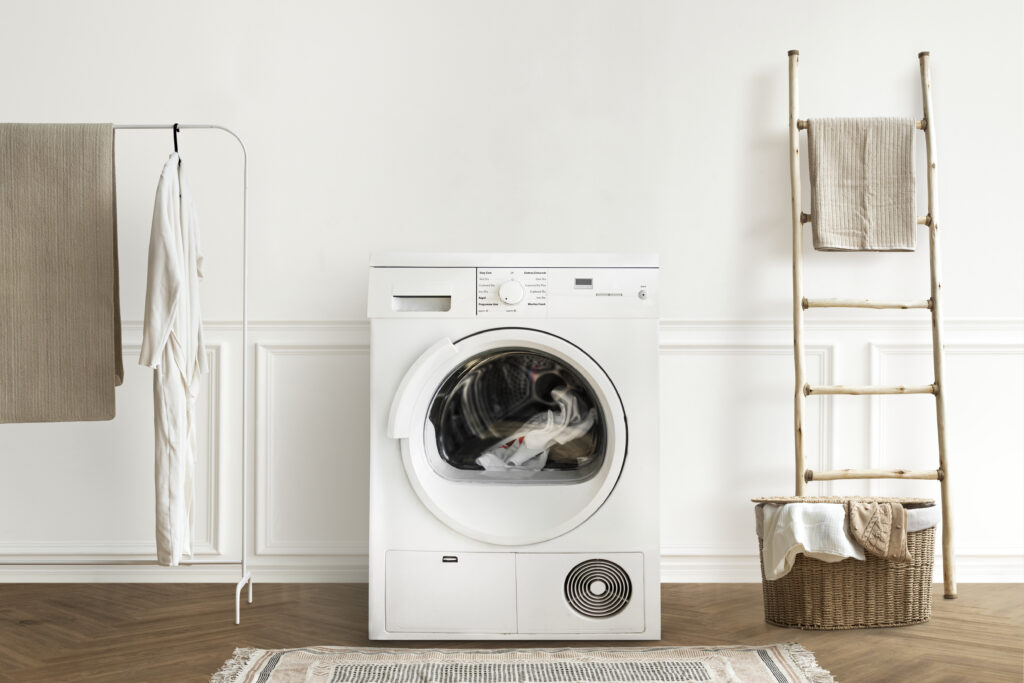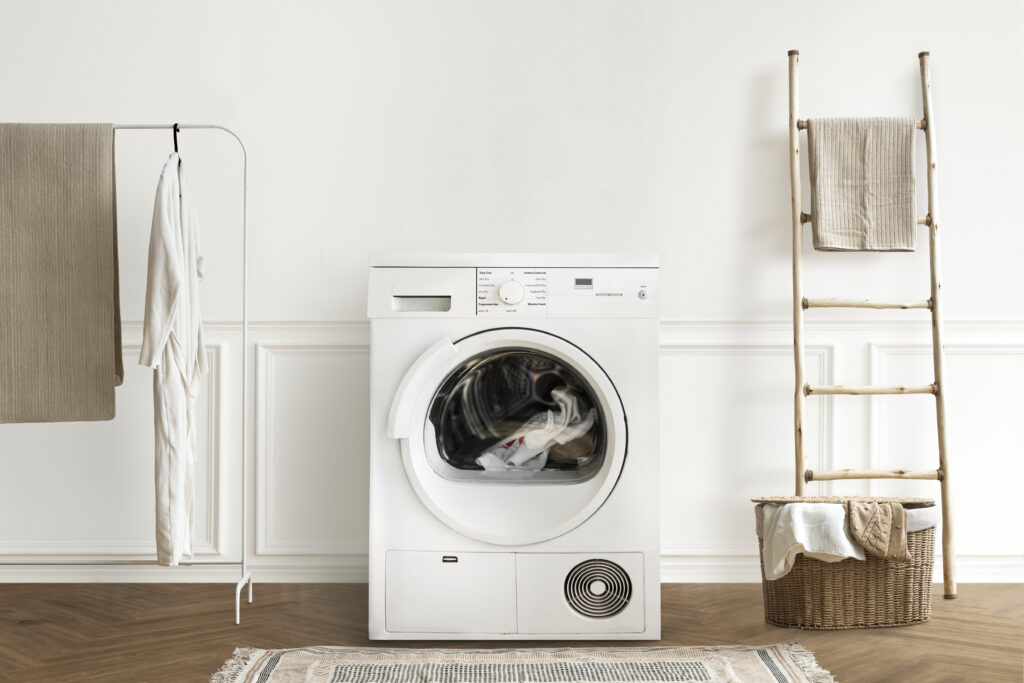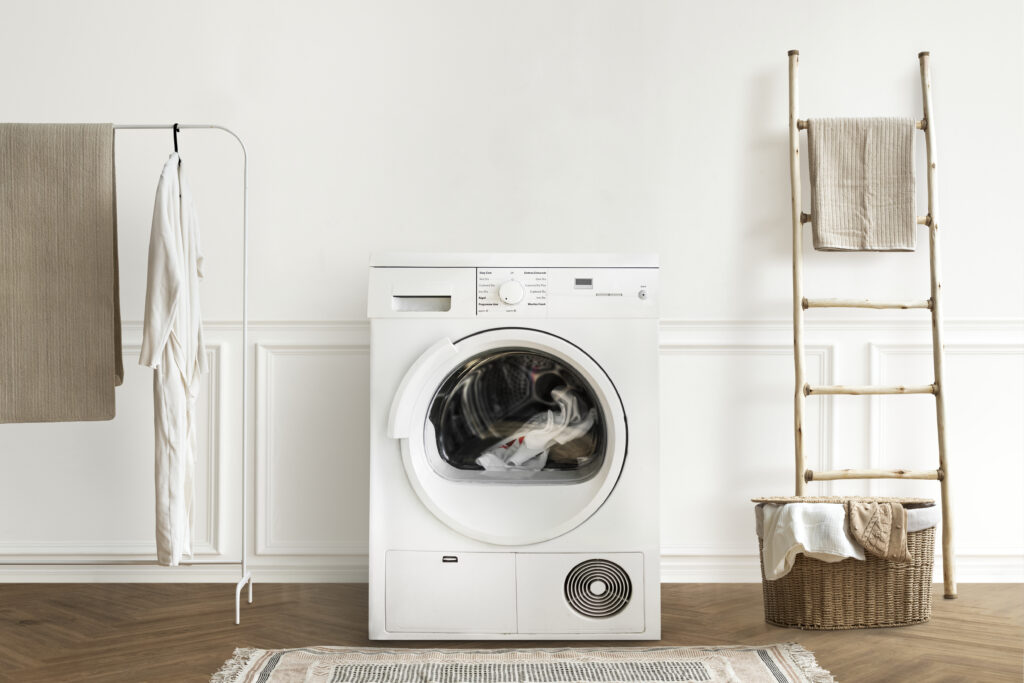In today’s space-constrained homes and apartments, a small stackable washer and dryer is the perfect laundry solution. Without sacrificing wash and dry efficiency, these compact appliances are made to fit into tiny closets, laundry rooms, or kitchen nooks.
We’ll go over what makes a great compact stackable washer and dryer, what to look for when purchasing one, and the top models in the USA this year in this in-depth 2025 guide.
A compact stackable washer and dryer: what is it?
A front-loading washer and matching dryer are positioned vertically in a compact stackable washer and dryer. These units:
Conserve floor space.
Provide cutting-edge drying and washing capabilities.
Fit beneath counters, in small laundry rooms, or in closets.
Size range: Usually 24 inches in width, with a washer capacity of 2.3 to 2.5 cubic feet and a dryer capacity of 4.0 to 4.4 cubic feet.
A Compact Stackable Washer and Dryer’s Advantages
Space-Saving Design: Ideal for tiny laundry rooms, apartments, or condos.
✔️ Contemporary Performance: Numerous models come equipped with energy-saving technology, high spin speeds, and steam cleaning.
✔️ Versatile Installation: Both vented and ventless drying options are available.
✔️ Energy-efficient: To help lower utility bills, the majority are ENERGY STAR® certified.
Smart and stylish: stack kits for simple setup, app control, and Wi-Fi connectivity.
What the Best Compact Stackable Washer and Dryer Should Have
Dimensions and Abilities
Select units based on the amount of space you have available. The majority of small models have washer capacities of 2.3 to 2.5 cubic feet, which is sufficient for medium loads, and are 24 inches wide.
Type of Dryer
Ventless (Condenser or Heat Pump): Simpler to install anywhere, but drying takes a little longer. Vented: Quicker drying but needs an exhaust vent.
Spin Velocity
To remove more water before drying, a washer spin speed of 1200–1400 RPM is advised.
Efficiency of Energy
Seek out ENERGY STAR® certified models that have moisture sensors and eco cycles.
Intelligent Features
Wi-Fi control is available on many 2025 models through apps like SmartHQ (GE), ThinQ (LG), and SmartThings (Samsung).
Level of Noise
Select models with low decibel ratings for quiet operation if the unit will be placed close to bedrooms or living areas.
The Top 5 Smallest Stackable Washing and Drying Machines (2025 USA Picks)
The following are the best choices for small stackable washers and dryers in 2025 based on expert ratings, user reviews, and feature sets:
1. Compact Stackable Pair: LG WM1455HWA + LG DLEC888W
Why It’s Excellent:
24-inch-wide layout
4.2 cu. ft. ventless dryer and 2.4 cu. ft. washer
Certified by ENERGY STAR®
Cycles are adjusted by AI Direct Drive technology.
Wi-Fi enabled via the LG ThinQ app
Extremely silent operation
Perfect for: Condos, apartments, and tiny houses in need of high-end features.
The set costs about $2,200.
2. Bosch WAT28400UC + WTG86403UC 300 Series
Why It’s Excellent:
24 inches in width
4.0 cu. ft. ventless dryer and 2.2 cu. ft. washer
For quiet cycles, use the EcoSilenceTM motor.
For uniform, wrinkle-free drying, use the Sensitive Drying System.
Certified by ENERGY STAR®
Perfect for: Families or apartments that care about the environment and require a dependable, small solution.
The pair costs about $2,400.
3. Samsung DV22N6800HW + WW22K6800AW
Why It’s Excellent:
24 inches in width
4.0 cubic feet of dryer and 2.2 cubic feet of washer
SuperSpeed Wash can clean loads in thirty-six minutes.
Condenser dryer without a vent
Wi-Fi Smart Control
Perfect for: Space-constrained, tech-savvy homes.
The set’s approximate cost is $2,099
4. GE GFD14ESSNWW + GFW148SSMWW
Why It’s Excellent:
Compact 24-inch design
2.4 cubic feet of washer and 4.3 cubic feet of dryer
Condenser dryer without a vent
Certified by ENERGY STAR®
Integrated steam cycle
Perfect for: Households in the United States with closet laundry systems.
The set costs about $2,000.
5. ELFW4222AW + ELFE4222AW Electrolux
Why It’s Excellent:
24 inches in width
4.0 cubic feet of dryer and 2.4 cubic feet of washer
For even, gentle cleaning, use the LuxCare® wash system.
Spin speed of 1400 RPM
Certified by ENERGY STAR®
Perfect for: People who value energy conservation and fabric care.
The set costs about $2,199.
Compact stackable washer-dryer units: advantages and disadvantages
Advantages: ✔️ Conserves valuable floor space ✔️ Simple to stack and install ✔️ Energy-efficient, modern features ✔️ Dependable, quiet operation ✔️ App controls and smart Wi-Fi
Cons: ❌ Lower load capacities compared to full-size units The drying time of ventless dryers is longer. Premium features come at a higher upfront cost. Stacking kits are necessary for a secure installation.
Comparing Ventted and Ventless Compact Stackable Washers and Dryers
Type Benefits and Drawbacks
The ventquicker drying times and more energy efficiencyVentless external venting is required.No vent is required, and it can be installed anywhere.Extended drying cycles
In the USA, ventless condenser models make up the majority of small stackable dryers.
In conclusion
Your laundry habits, budget, and available space will all influence which small stackable washer and dryer is best for your house. Highly regarded models such as the Bosch 300 Series and LG WM1455HWA/DLEC888W offer small American homes and apartments the ideal mix of smart technology, energy efficiency, and capacity in 2025.
Measure the space you have available before purchasing, look for venting requirements (if any), and select a pair that is ENERGY STAR® certified and Wi-Fi enabled for contemporary convenience and reduced utility costs.
Fast Comparison: Top Compact Stackable Washer Dryer 2025 Model Dryer Capacity Ventless Wi-Fi Cost (approx.)
DLEC888W + LG WM1455HWA2.4 cubic feet to 4.2 cubic feet.Indeed.Indeed, $2,200
2.2 cu. ft. to 4.0 cu. ft. Bosch 300 Series.Indeed.No, $2,400
Samsung DV22N6800HW + WW22K6800AW2.2 cubic feet to 4.0 cubic feet.Indeed.Indeed, $2,099
GE GFW148SSMWW + GFD14ESSNWW 2.4 cu. ft. 4.3 cu. ft.Indeed.No, $2,000.
Electrolux ELFW4222AW + ELFE4222AW 2.4 cu. ft. 4.0 cu. ft.Indeed.No, $2,199
